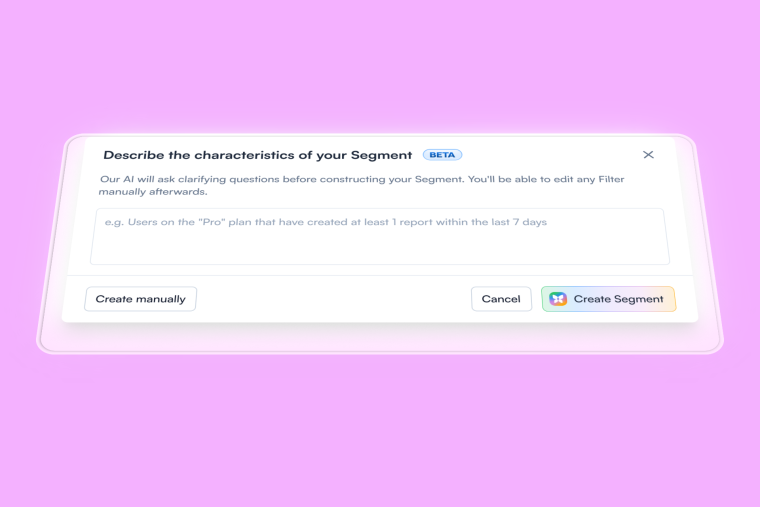I think and talk about user onboarding every single day (even the weekends) and hate it when people dismiss it; let me tell you why.

Recently while interviewing a designer for Chameleon I was riled up when he casually self-confessed “of course great products shouldn’t need onboarding”. I heard something similar from a VC last month and it seems to be a well-subscribed design philosophy; alluding to some design holy grail which will enlighten the masses with the Truth of your product. It really is as crazy as it sounds.
Every product needs sophisticated onboarding.
There are two big problems if you believe otherwise:
- You’ve shifted focus from your user to your design; you are no longer thinking about the problem (how can I best convey my value proposition) but are trying to create the most simple or trendy or “intuitive” design (which may not be as effective)
- You’re neglecting all the great user onboarding techniques that demonstrably result in higher new user retention and engagement.

Nope.
Onboarding is the phase between users first coming into contact with your product and them internalising the value that is being provided. It is you “succinctly communicating how your product will do the job for them” across all facets of their experience with you.
User onboarding is the art and science of first impressions; don’t just rely on looking good. Tell everyone!
Instead use all the tools and techniques at your disposal. For example, setting up a user to give you permission for notifications relies on timing your request perfectly — after she understands the value that these notifications will bring to her. Brenden Mulligan has explained how to do this and Mikko Alasaarela demonstrates a 90% acceptance rate.
When making a new friend you don’t immediately delve into the depths of your emotional baggage, for good reason. Similarly don’t expose everything your product has to offer all at once; stagger it as a user engages and appreciates what’s on offer. Our friends at LaunchDarkly help you with this, by providing feature flags as-a-service.
There are lots of examples of excellent, data-driven approaches in tackling user onboarding and of course you can browse through user onboarding’s teardowns for the impressive and the dreadful.

Games are fantastic examples of products with impressive user engagement (43% of all mobile usage [1]) and their First Time User Experience (FTUE) is a critical phase of the user journey that consumes substantial thinking [2]. They do not rely just on their superior graphics or cool interactions.
In fact FTUE should not be confined for the product overall, but be considered for each separate part of the product too. If you release new features, change interface design or offer a new price plan you should consider how you will onboard your users to that change. Don’t let your hard work go to waste by neglecting the introduction to your masterpiece.
. . .
As in a debate, if you agree with my point-of-view then please vote by recommending this article. If you believe that the best onboarding is an intuitive product then head to the original article and recommend that. At the time of writing Ben has a 31 heart headstart :-)
References
[1] Exploring the Mobile Landscape https://blog.newrelic.com/2013/03/13/mobile-appeal-why-the-future-is-mobile/
[2] Brands can learn a lot about app engagement & retention from game developers http://venturebeat.com/2014/12/08/brands-can-learn-a-lot-about-app-engagement-retention-from-game-developers/




